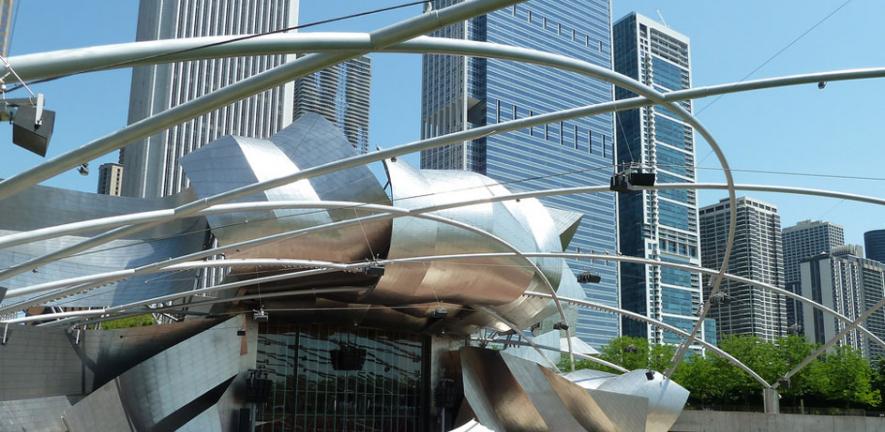
Research at the Gordon Laboratory is opening up an important new area for the surface engineering of materials.
Research at the Gordon Laboratory is opening up an important new area for the surface engineering of materials.
With the benefit of research such as this, PEO coatings of the future will afford greater degrees of durability in demanding environments.
For nearly a century, materials manufacturers have known that metals exposed to demanding environments can be protected by a simple yet extremely effective process known as anodising. By immersing metals such as aluminium, titanium, zinc and magnesium in a solution that conducts electricity and applying an electric current, the natural oxide on the metal surface thickens and creates a protective outer layer.
Although anodised layers are typically only a few microns in depth and are porous, this simple process can alter the surface appearance of a metal and, importantly, vastly improve its resistance to corrosion and wear. Today, anodised metals enjoy varied and far-reaching applications stretching from construction, through the automotive industry, to consumer products.
More recent modifications have improved this process still further: by using stronger electric fields in a process known as plasma electrolytic oxidation (PEO), thermal and electrical protection can now be added to the list of attributes. Coatings produced in this way on aluminium, for instance, incorporate a very hard, crystalline phase of aluminium oxide called corundum – known in its naturally occurring form as the minerals sapphire and ruby – that is second only in hardness to diamond.
Lightning strikes
As the electric field is increased to achieve these harder, thicker and more durable coatings, localised electric discharges or ‘sparking’ occurs – perhaps best likened to micro-lightning strikes within the forming coat. In the past decade, attention has focused on what exactly is happening during sparking. How do these phenomena dictate the microstructure of the coating material? Is it possible to control them and even to use them to influence the properties of the oxide coat? Questions such as these are being investigated by Professor Bill Clyne in the Gordon Laboratory, Department of Materials Science and Metallurgy, in close collaboration with Dr James Curran seconded from Keronite International Ltd (www.keronite.com), a Cambridge-based industrial manufacturer that is pioneering PEO technology.
Taming the spark
The phenomenon of sparking has historically been regarded as destructive, imposing a limit on the growth rate and the thickness of anodised layers, and generating defects and microcracks in the material. But, as research in the Gordon Laboratory has progressed, it’s become clear that the discharges can in fact be ‘tamed’ and used beneficially. So long as a suitable electrolyte and electrical control circuitry is employed, the discharges can be made to occur repeatedly in a controlled fashion over the surface of the component, and the conditions of high local pressure and temperature within the resulting plasma can be used to modify the structure of the growing oxide layer and enhance its properties.
Controlled coatings
Rather than being unwanted defects, the ultra-fine, interconnected porosity and networks of microcracks within PEO coatings appear to play an unsung role. The researchers have found that this porosity is essential for the process to continue. In fact, the so-called defects actually confer important beneficial effects on the coatings, improving their thermal insulation, enhancing their strain tolerance (giving better adhesion) and leading to excellent ‘keying’ with overlays such as paints and sealants.
The focus now has turned towards analysing the electrical and spectroscopic characterisation of discharges at the level of single events, with the aim of developing a process model that has the capability of predicting and controlling the microstructural features that determine coating properties. With the benefit of research such as this, PEO coatings of the future will afford greater degrees of durability in demanding environments.
For more information, please contact the authors Professor Bill Clyne (twc10@cam.ac.uk)
or Dr James Curran (jac64@cam.ac.uk) at the Gordon Laboratory, Department of Materials Science and Metallurgy.
This work is licensed under a Creative Commons Licence. If you use this content on your site please link back to this page.




